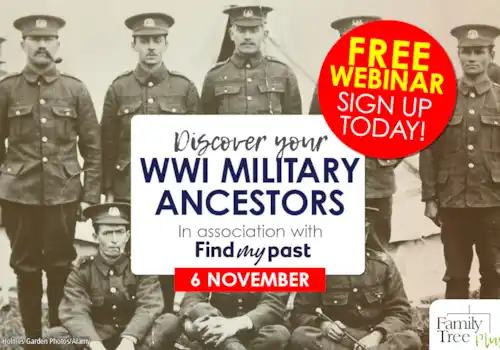The 18th century saw a growth in consumerism and shopping, and many of our ancestors may have been shopkeepers. Luckily, there are newspaper sources that can help us find out more about them
Humans have been shopping for a long time – even in Roman times, shopkeepers and traders served their customers, either producing goods such as bread on site, or selling imported products where necessary. During medieval times, shops and markets similarly sold food, alongside the artisans producing and selling items from meat to arrows; ‘shop’ was sometimes used to simply denote a place to buy food and drink, and so was also used as another word for a public house. However, it was in the 17th century that shops really started to grow in number, and by the 18th century, there were a host of specialist shops.
Using newspaper records
A good way to locate shopkeepers in the 18th century is through looking either at advertisements, directory entries, or trial reports. Press advertisements enabled me to build a fuller picture of my 4x great-grandfather Matthew Evill’s working life. Originally apprenticed to a tailor in Bath in 1755, a press article eight years later noted that he was a ‘cut-price, unregulated tailor’ – in other words, that he had not paid a fee to the Company of Merchant Taylors. He continued working as a tailor until around 1786 or 1787 when, at the age of 50, he set up a new business as a baker, taking over a baker’s shop on Bath’s Walcot Street.
He duly advertised in the Bath Chronicle for a journeyman baker to work alongside him. In 1791, he advertised again; this time stating that due to ill-health, he was passing the bakery on to two of his sons. However, this did not mean that he was stopping work; he appears to have had a second shop, selling umbrellas and oilcloths, and continued to do this for another year. At that point, a further advertisement in the Bath Chronicle asked those owing money to ‘Mr Matthew Evill, late baker and umbrella maker’ to pay their debts immediately. At this point, he seems to have been too ill to carry on working, and he died two years later.
These adverts build a picture of a mid-18th-century tradesman working in different fields in order to keep the money coming in. Running a bakery and an umbrella shop might appear disparate, but they both involved operating a small business, employing staff, taking on premises, and building a clientele. Many were like Matthew Evill, moving from trade to trade, or product to product, rather than selling the same item or group of items for one’s whole working life. Such shopkeepers learned what products sold, or as they aged, moved into selling products that did not require as much physical activity as, say, baking did. What was clearly important was to get your name known locally, and by the late 18th century, the local press could help you do that by promoting yourself and the products you were selling.
By the 19th century, of course, the burgeoning local newspaper industry would lead to columns or even pages of adverts for local shops. Even adverts for shop buildings are interesting; in 1838, for example, when a shop off London’s Edgware Road was available to let, an advert stated that it was well situated for ‘a linen-draper, haberdasher, ladies’ shoe-shop, tailor, cigar-shop’ or other shop. Other adverts about letting out shops provide information about who had previously rented them – such as the advert in one Scottish newspaper in 1846 for a shop in the Perthshire town of Blairgowrie.
Next to the Post Office, it had previously been John Watson’s watch shop, and as it contained a counter, worktable, shelves, timepiece, a vice, and gas fittings, it would suit another watchmaker (the advert also stated that there was currently only one watchmaker in the town, and so anyone wishing to compete would still make a good living). Although more detail can be found in early 19th century records, they can still give an indication of what earlier shops would have looked like, particularly in smaller, provincial areas where buildings and rooms may not have changed substantially over a period of a few decades.
Read up on it
The British Newspaper Archives’ blog includes an interesting blogpost on ‘The Butcher, Baker and Candlestick Maker – Shopping in the 18th Century’ by Rose Staveley-Wadham.
About the author
Dr Nell Darby is a crime historian and writer, as well as a keen family historian. Two of her ancestors, both mentioned in this article, ran shops in Reading and Bath in the late 18th century. Her most recent book was Sister Sleuths: Female Detectives in Britain, 1850-1950 (Pen & Sword, 2021).
Text extracted from an in-depth article on shopkeeper ancestors in the September 2022 issue of Family Tree magazine. Get your copy here.








